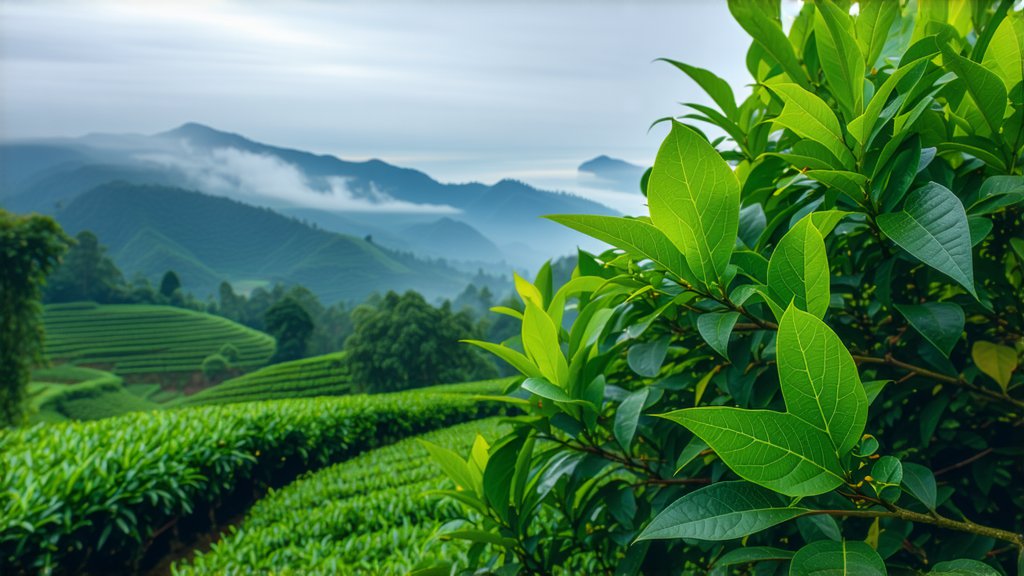
In the vast and diverse world of tea, few varieties captivate the senses and imagination quite like Junshan Yinzhen, a distinguished member of China's revered Huangcha (Yellow Tea) family. This exquisite tea, originating from Junshan Island in Hunan Province, boasts a history as rich and nuanced as its flavor profile, weaving together threads of ancient tradition, meticulous craftsmanship, and a deep connection to the land.
A Historical Journey
The story of Junshan Yinzhen begins in the mist-shrouded hills of Dongting Lake, where legend has it that tea was first cultivated over a thousand years ago. Named after the island itself, Junshan Yinzhen, or "Silver Needle of Junshan," quickly gained fame for its delicate appearance and unparalleled quality. It wasn't until the Tang Dynasty (618-907 AD) that this tea truly flourished, becoming a favorite among emperors and scholars alike, who praised its unique character and health benefits.
Varieties and Classification
Junshan Yinzhen is not just one type of tea but a classification representing the highest grade of Huangcha produced on Junshan Island. Within this category, two main types stand out: Junshan Yinzhen and Junshan Maojian. The former consists solely of young tea buds, resembling slender needles, while the latter includes both buds and young leaves, offering a slightly fuller body and flavor. Both are highly sought after for their distinct qualities.
The Art of Processing
The magic of Junshan Yinzhen lies not only in its origin but also in the intricate processing techniques that transform fresh leaves into this golden elixir. Unlike green or black teas, which undergo extensive oxidation or shaqing (fixation), Huangcha undergoes a unique process known as menectics or smothering. This involves steaming the freshly picked leaves lightly, then allowing them to yellow slowly under controlled humidity and temperature conditions. This minimal processing preserves more of the natural compounds, resulting in a tea that is lighter in color and flavor yet deeply complex.
- Harvesting: Plucking occurs in early spring when the tea buds are still covered by fine white down, ensuring maximum tenderness and sweetness.
- Fixation: The plucked leaves undergo a brief steaming to halt enzymatic activity partially.
- Menectics: The hallmark of Huangcha process, where the leaves are wrapped in cloth or paper and left to yellow under controlled conditions, enhancing their distinctive aroma and taste.
- Drying: Finally, the leaves are gently dried to remove excess moisture without applying heat that could alter their delicate flavors.
Savoring Junshan Yinzhen
To fully appreciate Junshan Yinzhen, one must engage in the ritual of tea tasting, an experience that transcends mere consumption. Here’s how to embark on this sensory journey:
- Warm the Teaware: Begin by rinsing your teapot and cups with hot water to prepare them for brewing and maintain the ideal temperature.
- Measurement: Use approximately 3 grams of Junshan Yinzhen per 150ml of water. Its density ensures a perfect balance of flavor and aroma.
- Water Quality & Temperature: Use soft, mineral-rich water heated to around 80-85°C (176-185°F). Overheating can scald the delicate leaves.
- Steeping Time: For the first infusion, steep for about 1 minute. Subsequent infusions can be extended gradually as the leaves unfurl, revealing deeper layers of complexity.
- Observation & Aroma: Admire the bright yellow liquor against the backdrop of the transparent teapot before inhaling the subtle floral and fruity notes wafting up.
- Tasting: Sip slowly, allowing the tea to coat your palate, noting the initial sweetness followed by a gentle bitterness that melds into a long-lasting aftertaste.
Conclusion
Junshan Yinzhen stands as a testament to China's rich tea heritage, embodying the harmony between nature's gifts and human artistry. Each cup tells a story of centuries-old traditions passed down through generations, tea masters, inviting drinkers worldwide to partake in this timeless experience. As you savor every sip, remember that you are not just enjoying a beverage; you are partaking in a cultural legacy that spans millennia, connecting past, present, and future through the simple yet profound act of tea drinking.